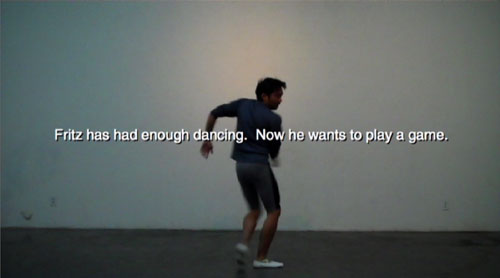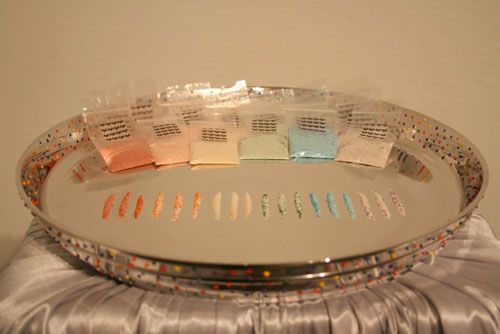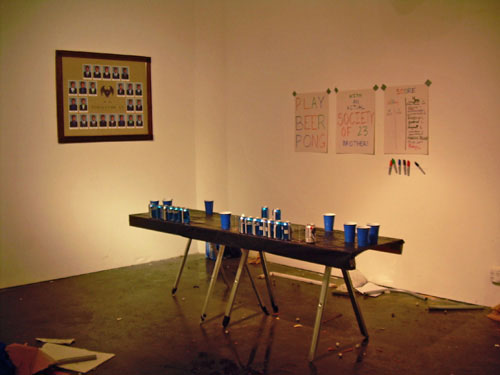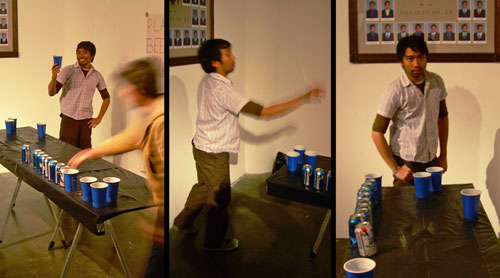After reading Flash Points Editor Rachel Craft‘s initial post (“Flash Points: What Influences Art?”) regarding William Kentridge’s love of the stage, I thought it would be appropriate to continue that line of thinking and share my anecdotes as a child actor. For almost ten years, I performed the same choreography in New Jersey Ballet’s The Nutcracker at Paper Mill Playhouse every Christmas season. During those years, I was also a local jobber for the theatre, where I performed alongside great performers like Betty Buckley in Gypsy and Stephanie Mills in Children of Eden. Though, my personal claim to fame was performing in South Pacific with Tina Fabrique – the original voice of the Reading Rainbow theme song. This repetitive phenomenological experience with performance and celebrity at a young age undoubtedly made me the flamboyant artist I am today.
I recently wrote a paper for one of my graduate classes at San Francisco Art Institute about musical theatre being the source of trauma that led to my identity as an artist and the works of art I create. I shared my love of song and dance, the relationship between an actor and casting director, and how these elements are at play within my work. What I didn’t cover in that paper was the cliché of the-child-actor-turned-adult – the former kid in the spotlight who loses self and takes a turn for the worse down a path of drug abuse and suicide.
I’m not sure why the stereotype of the artist as someone who’s alcoholic-and-drug-ridden emerged, but my personal guess is that those excessive behaviors, which were looked at as abnormal by society, were coupled with the other stereotype of the artist – the malcontent bohemian tucked away in a secluded studio. Feel free to leave your reasons in the comments below.
So take me as a case study in clichés. For some theorists, artists are simply representing their own realities – their everydays. I never had a normal childhood. I missed a lot of school so I could sing here or dance there. I spent a lot of time in my bedroom with my door closed, watching television. I was a troubled kid who knew how to act normal thanks to the theatre and television. I wasn’t a medicated youth like other kids I knew, but by the time I enrolled in art school at Carnegie Mellon University, I discovered ways to alleviate my social anxiety.
In her one-woman show Elaine Stritch at Liberty, Elaine shared her story with alcoholism and mentioned that in her younger years, she would take a shot of vodka so she wouldn’t feel alone on stage. There’s something beautifully poetic and sadly ironic about that idea. The protocol for anyone “struggling” with substance abuse is obviously to get “help” and “quit.” But what about looking at it the other way? What if an artist pushed for his influence to become yours? If it makes him the creative producer that he is, then why not see what all the fuss is about?








